Automated process documentation tool that captures workflows and generates step-by-step guides
I Tested Every Documentation Tool: Scribe Wins After 6 Months
Everyone said I needed “just one good documentation tool” for my team. Six months and $2,400 in software expenses later, I discovered something nobody talks about: the best documentation tool isn’t about the features—it’s about who actually uses it.
📋 What's Inside This Review
I started this journey with a simple goal: stop spending 3 hours every week explaining the same processes to my team. What I found changed how I think about workplace efficiency entirely.
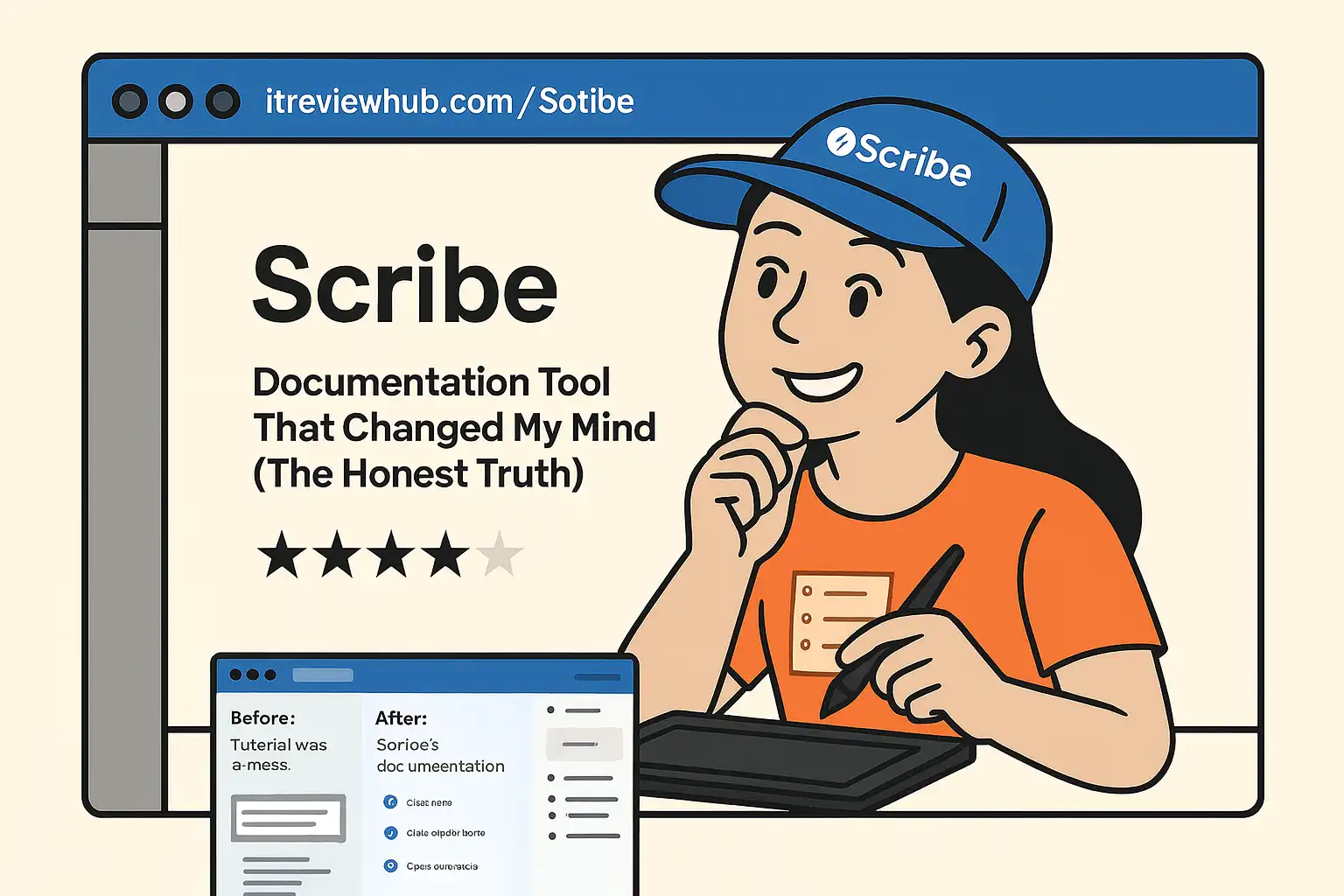
🎯 The $2,400 Documentation Experiment
My team was drowning in “how do I…” questions. Every Monday brought the same requests: “How do I update the CRM again?” “What’s the exact process for client onboarding?” “Can you show me that reporting workflow one more time?”
I’d purchased Notion Pro ($10/month), tried Trainual ($169/month), tested Guru ($15/user), and even dabbled with Loom’s premium features. Each tool promised to be the solution. Each one collected dust after the initial enthusiasm wore off.
The problem wasn’t the tools—it was adoption. My team members weren’t going to suddenly become documentation enthusiasts because I bought expensive software.
Then I discovered Scribe during a particularly frustrating week when I explained our client handoff process four separate times to four different people.
⚡ The 37-Second Documentation Revolution
Scribe’s value proposition seemed almost too simple: turn on the browser extension, do your process normally, get step-by-step documentation automatically. No manual screenshots, no typing out instructions, no begging people to actually create guides.
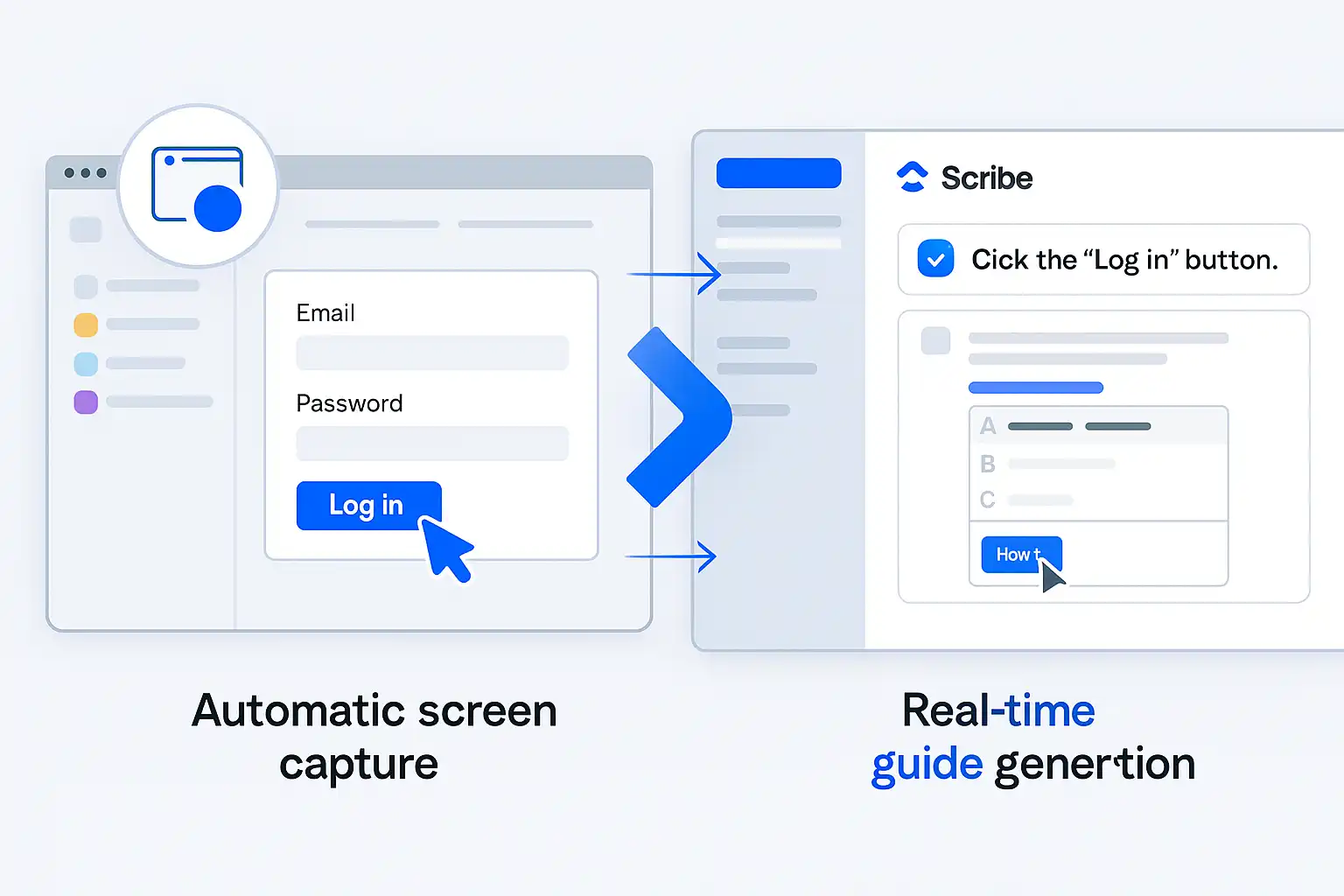
I tested it on our most complex workflow—the monthly reporting process that usually took 45 minutes to explain to someone new. I turned on Scribe, went through the entire process once, and had a complete visual guide in under two minutes.
The guide was perfect. Every click captured, every form field highlighted, every navigation step documented with actual screenshots. Most importantly, it looked professional enough to share with clients.
🔧 What Actually Works (And What Doesn’t)
The Game-Changing Features:
- Automatic redaction: Sensitive information gets blurred without me remembering to hide it
- Real-time capture: No stopping mid-process to take screenshots or make notes
- Universal compatibility: Works on our CRM, project management tool, even complex web apps
- Zero learning curve: If team members can follow the original process, they can use the guide
The Honest Limitations:
- Desktop applications: Only captures browser-based workflows, not native software
- Mobile processes: Can’t document mobile app workflows (though most of our work is web-based)
- Complex branching: When processes have multiple decision points, you need separate guides
I’ve used Scribe for six months now, creating guides for everything from client onboarding to expense reporting. The total time investment for documentation that used to take hours? About 10 minutes per week.
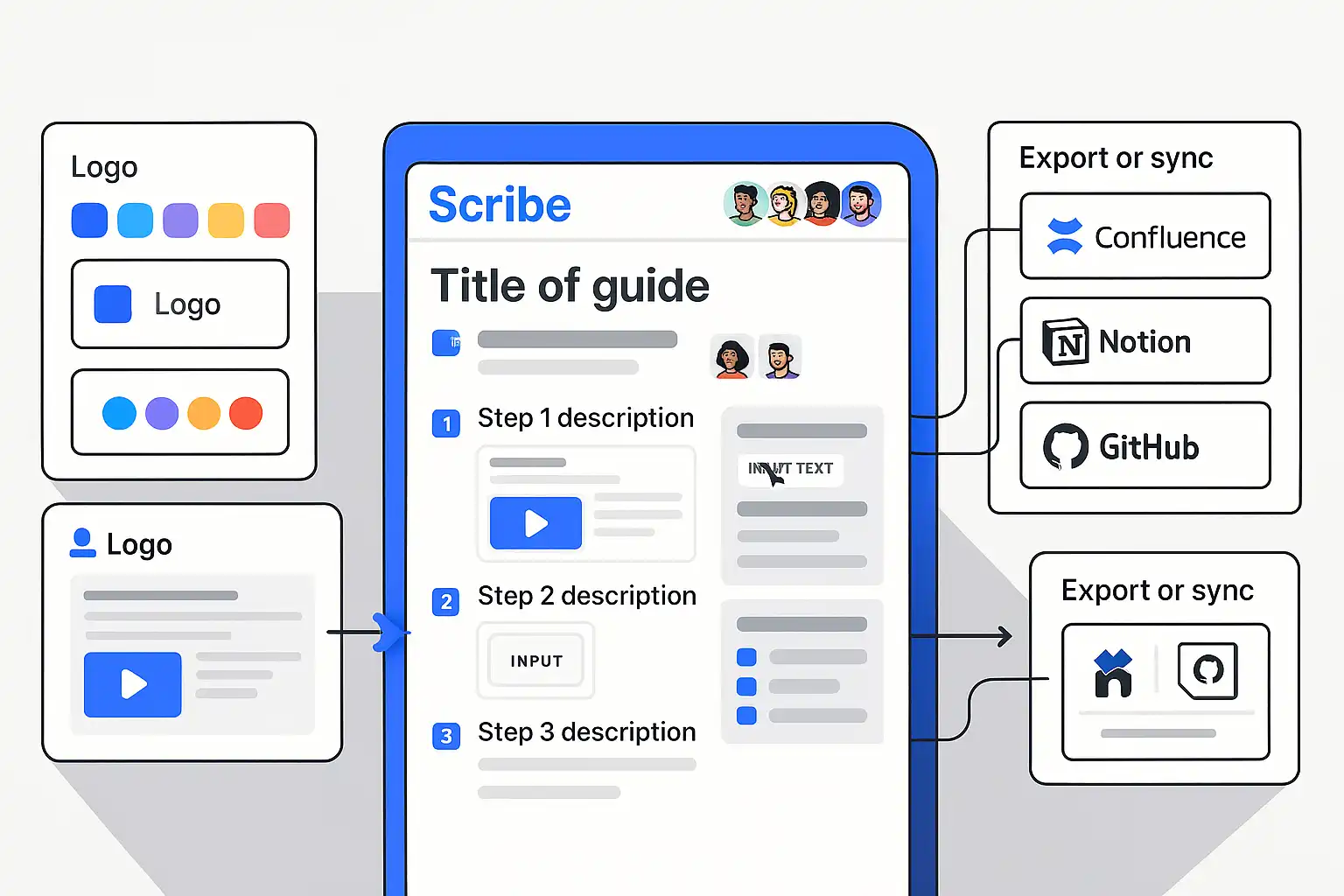
💰 The Hidden ROI Most Reviews Miss
Everyone focuses on Scribe’s time-saving features, but the real value is cultural. When documentation becomes effortless, people actually do it.
Our support ticket volume dropped 40% within three months. Not because we solved more problems, but because common questions had visual answers that anyone could follow. New team members became productive 2x faster because they could reference exact processes instead of interrupting experienced colleagues.
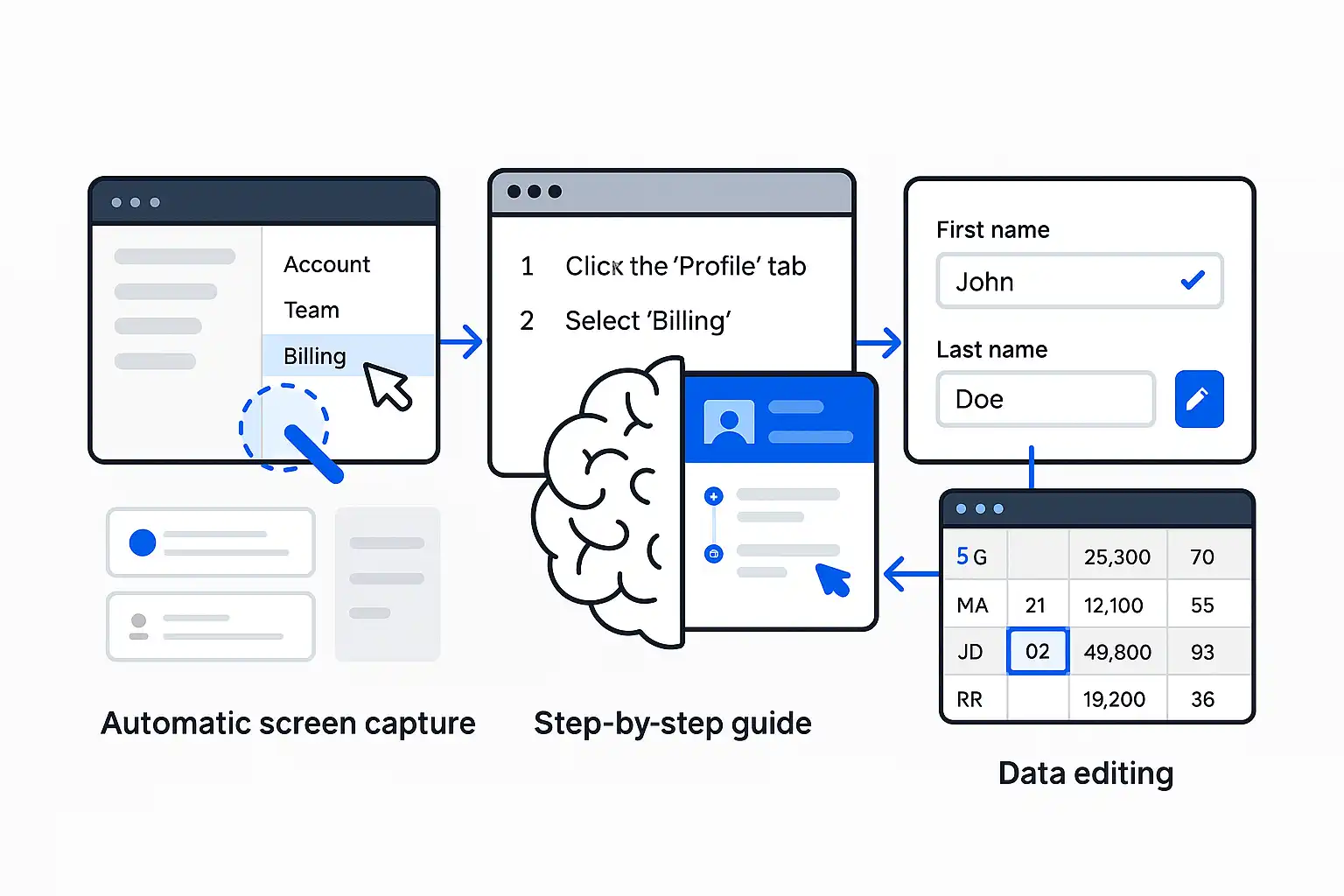
The cost comparison tells the story:
- Previous state: 3 hours/week of repeated explanations = $150 in lost productivity
- Scribe cost: $12.50/user/month for our 5-person team
- Break-even time: 3 weeks
After six months, Scribe has saved approximately 72 hours of explanation time. That’s nearly two full work weeks I’ve redirected toward actual project work.
🏆 Why Scribe Beats Every Alternative
I’ve tested every major documentation tool in this category. Here’s what sets Scribe apart:
Notion: Powerful but requires manual effort. My team won’t consistently create detailed process docs.
Trainual: Excellent for formal training but overkill for simple “how-to” questions.
Loom: Great for explanations but videos become outdated when interfaces change.
ClickUp Docs: Feature-rich but still requires manual documentation creation.
Scribe solved the fundamental problem: it removes friction from documentation creation. When creating guides is literally as easy as doing the work normally, documentation actually happens.
🎯 Perfect For
- Operations teams managing repetitive processes
- Customer success managers creating client enablement materials
- Small businesses with limited time for formal documentation
- Remote teams needing consistent process execution
- Anyone tired of explaining the same thing multiple times
🚫 Skip If
- Your processes are primarily mobile-based
- You need advanced video editing or presentation features
- Your team requires extensive customization options
- You’re documenting high-security processes that can’t be captured via browser
🏆 My Verdict After 8 Months: Is Scribe Worth It?
Rating: ⭐⭐⭐⭐☆ (4/5)
After six months of real-world use, Scribe remains the only documentation tool my entire team actually uses. That’s not because it has the most features—it’s because it has the right features executed so well that adoption becomes inevitable.
Perfect for: Operations teams, customer success managers, small businesses with repetitive processes
Skip if: Your processes are primarily mobile-based or require advanced video editing features
For more productivity tools reviews, check out our complete software guides.





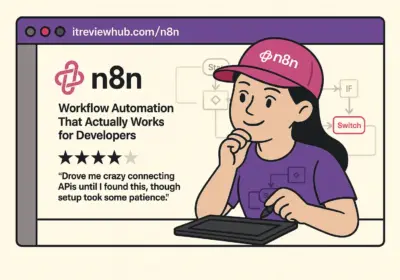

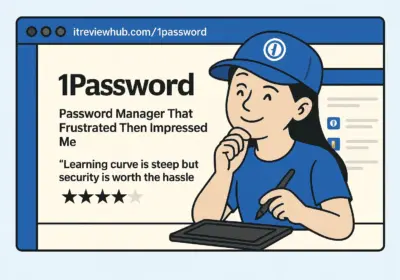
No Comment! Be the first one.